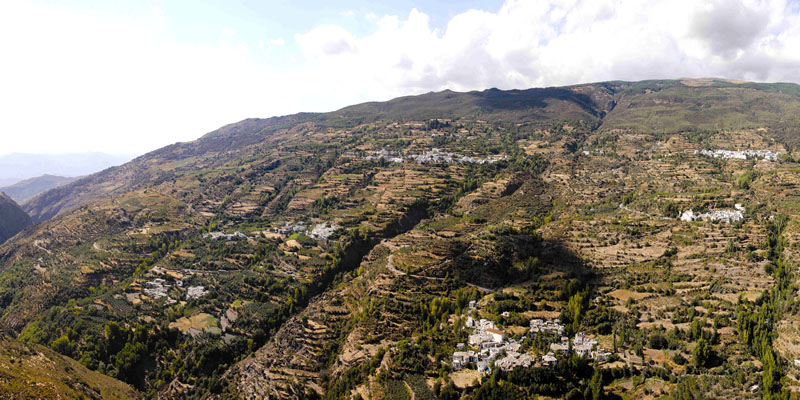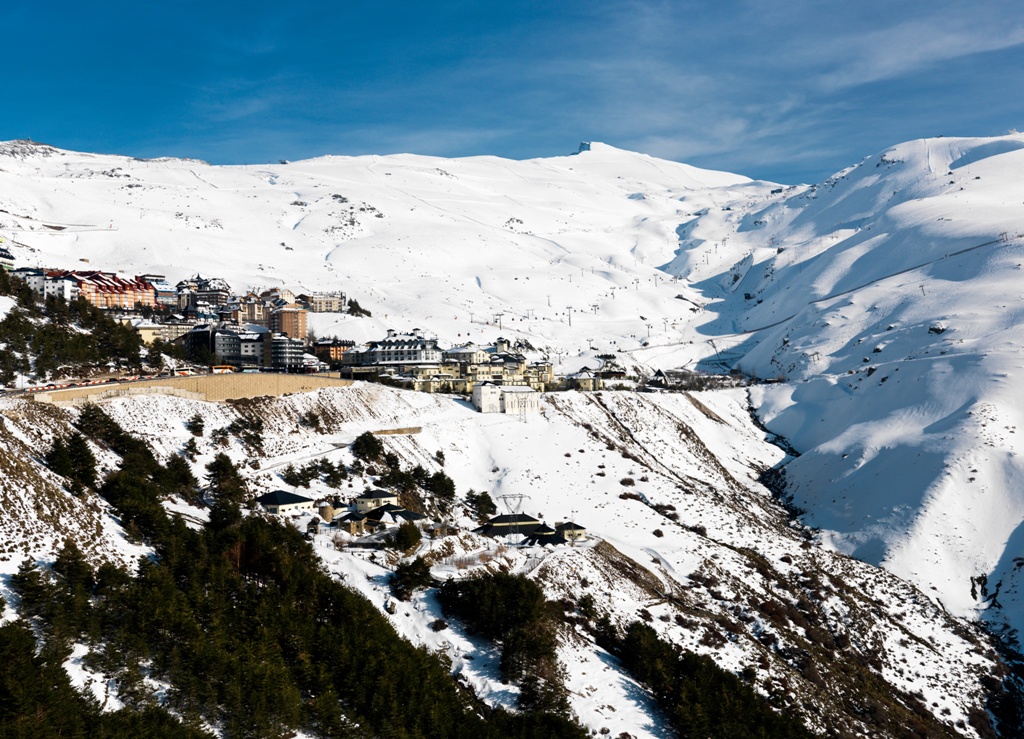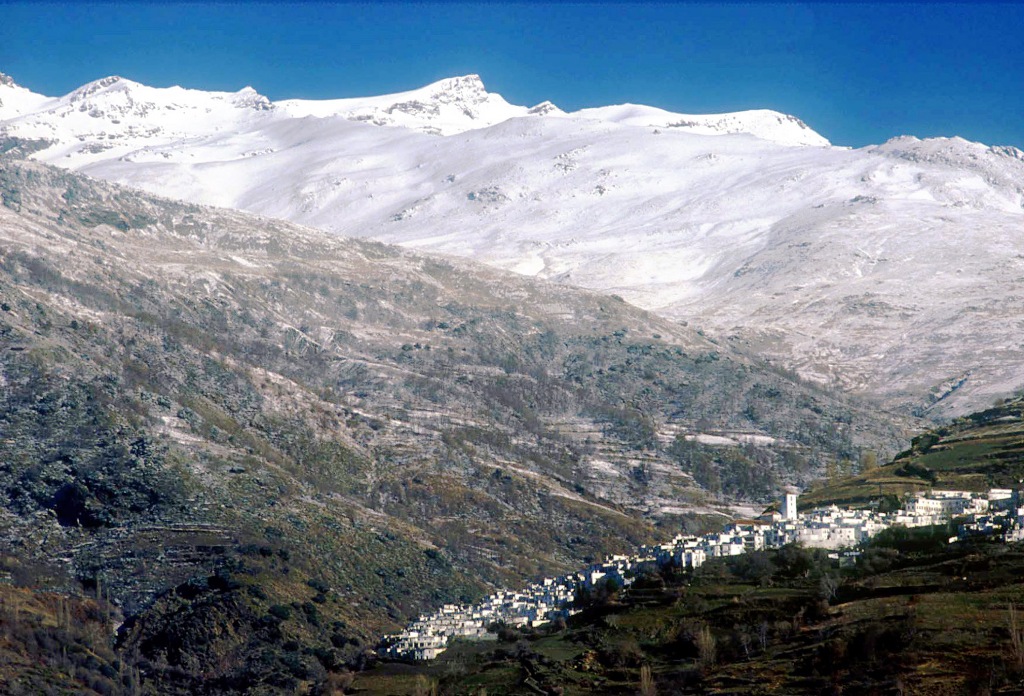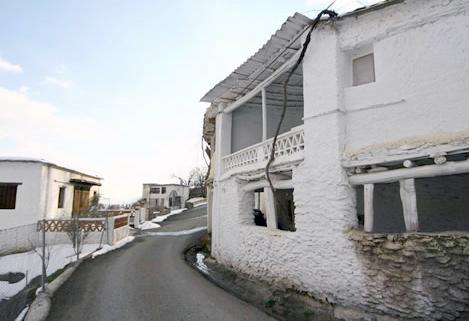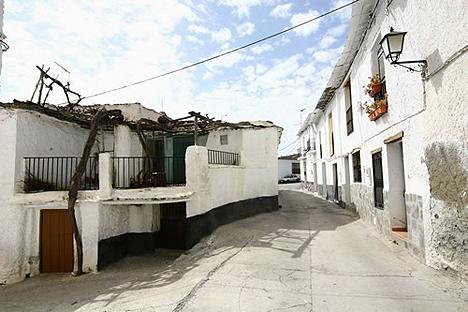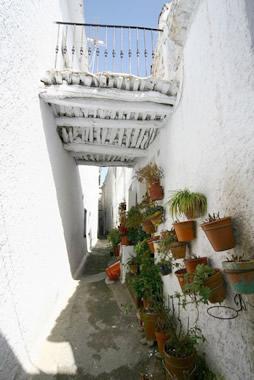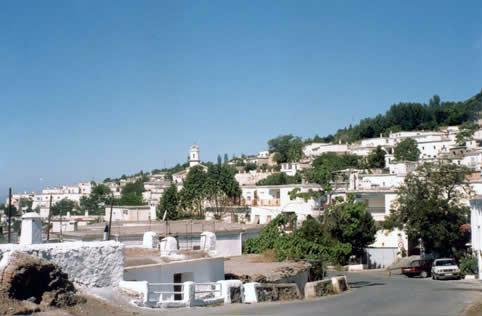Taha, La
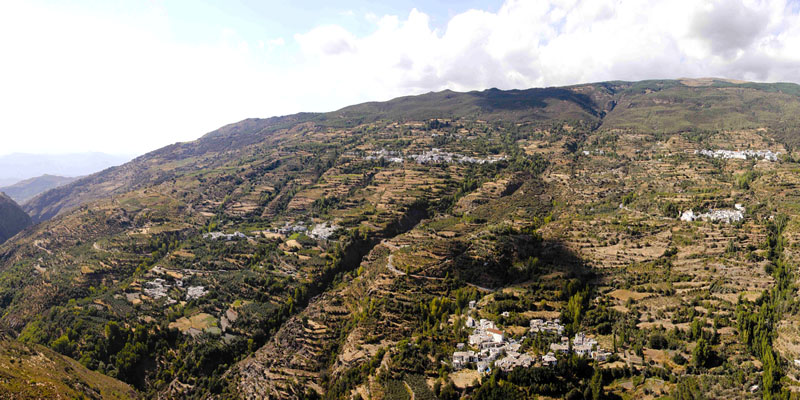
La Tahá originated as a consequence of the administrative and territorial system applied in the Nasrid kingdom of Granada. The municipality of La Tahá comprises of: Pitres, Mecina Fondales, Ferreirola, Atalbéitar and Capilerilla, the former being where the Town Hall is located.
History
The history of La Tahá runs in parallel history to other villages in Alpujarra, an area that due to its geographical isolation has developed its own characteristic culture. It had its moment of splendour under the Arab Andalusian period when all of the Alpujarra was an important agriculture centre, specializing in silk production.
After the Christian re-conquest of Granada in 1492 by the Catholic Monarchs, the population suffered to an unbearable extreme and thus, in 1568, Hernando de Córdoba y Válor, a rich landowner proclaimed himself as Abén Humeya, uprising against Phillip ll, causing a general revolt amongst the Moors from all over the kingdom of Granada. Internal disagreements amongst the Moors, who in 1569 assassinated Abén Humeya, allowed Don Juan de Austria to terminate this revolt.
The Moors were eventually expelled in 1609.The Alpujarra was later inhabited by peasants from Galicia, León, Asturias and Castile.

- Max 13
- Min 9
- Max 55
- Min 48
- °C
- °F

